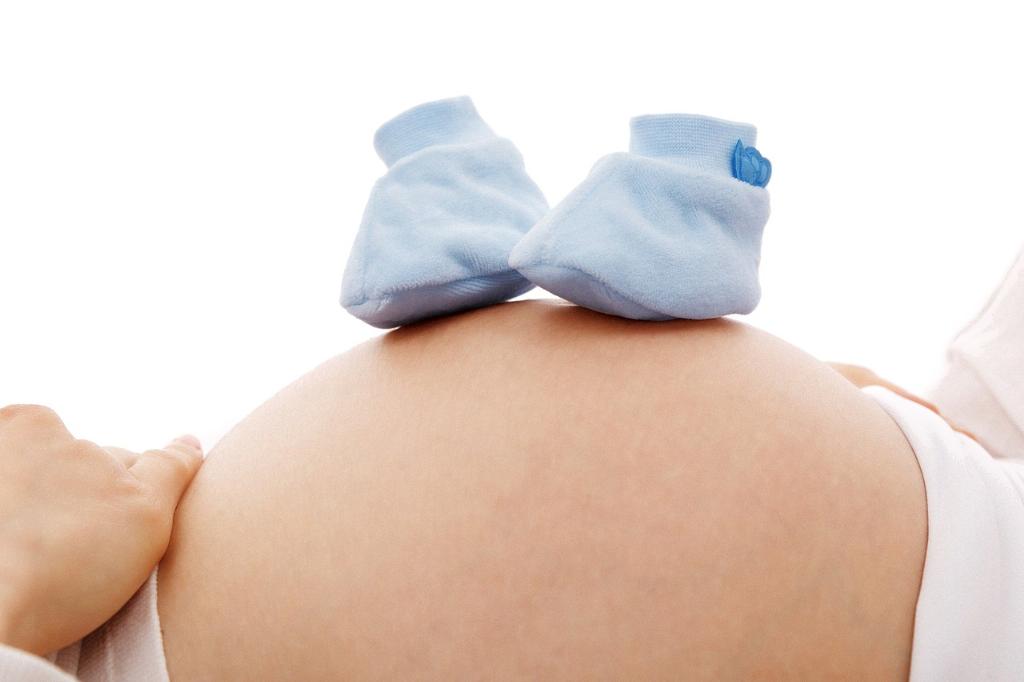When we delve into the statistics surrounding postpartum uterine dehiscence, a noteworthy aspect to consider is its rarity as a clinical condition. This condition is primarily defined by the unexpected opening of the incision line following a cesarean section, and the prevalence rates shed light on the extent to which this complication occurs.
For individuals who have undergone a cesarean section with a low transverse incision, research indicates that the incidence of postpartum uterine dehiscence falls within a range of approximately 0.2% to 1.5%. This data underscores the relative infrequency of this complication in cases where a low transverse incision was performed.
In contrast, the incidence of postpartum uterine dehiscence following a classical incision is notably higher. Studies suggest that this type of incision is associated with a higher risk, with occurrence rates ranging from about 4% to 9%. These figures emphasize the importance of considering the type of incision made during a cesarean section when assessing the likelihood of dehiscence.
It is essential to acknowledge that while the overall rates of C-section dehiscence may appear relatively low, the potential consequences of this complication can be significant. Uterine dehiscence poses a risk of serious complications for both the mother and the baby, underscoring the importance of vigilant monitoring and prompt intervention in cases where this issue arises.
Furthermore, the incidence of C-section dehiscence can be influenced by various factors, including the surgical technique employed, the presence of certain risk factors in the individual, and the overall management of the postoperative period. Understanding these contributory elements is crucial in determining the likelihood of dehiscence and implementing appropriate preventive strategies.
Research in the field of obstetrics continues to explore ways to mitigate the risks associated with postpartum uterine dehiscence and enhance the outcomes for individuals undergoing cesarean sections. By identifying potential predictors of dehiscence and refining surgical practices, healthcare providers strive to minimize the incidence of this complication and improve overall patient safety.
Despite the relatively low prevalence of C-section dehiscence, healthcare professionals remain vigilant in their monitoring and management of individuals who have undergone cesarean sections. Early detection of any signs or symptoms suggestive of uterine dehiscence is crucial for prompt intervention and the prevention of adverse outcomes.
When considering the risks associated with cesarean sections, including the potential for postpartum uterine dehiscence, healthcare providers and individuals alike must engage in informed discussions regarding the benefits and risks of different delivery methods. This shared decision-making approach is essential for ensuring optimal maternal and neonatal outcomes.
Individuals who have undergone cesarean sections should be aware of the signs and symptoms that may indicate the presence of uterine dehiscence, such as persistent abdominal pain, abnormal bleeding, or changes in postoperative recovery. Prompt reporting of any concerning symptoms to healthcare providers can facilitate timely evaluation and management.
Education and awareness play a crucial role in promoting the early recognition and appropriate management of postpartum uterine dehiscence. By empowering individuals with knowledge about the signs and risks associated with this complication, healthcare providers aim to enhance patient safety and optimize clinical outcomes following cesarean sections.
In conclusion, while C-section dehiscence remains a relatively rare occurrence overall, the incidence rates can vary depending on factors such as the type of incision and individual risk profiles. Maintaining a proactive approach to monitoring, evaluation, and preventive strategies is paramount in ensuring the well-being of individuals who have undergone cesarean sections.
Ultimately, a comprehensive understanding of the incidence and implications of postpartum uterine dehiscence is essential for healthcare providers and individuals alike, enabling informed decision-making and proactive management to safeguard maternal and neonatal health.

